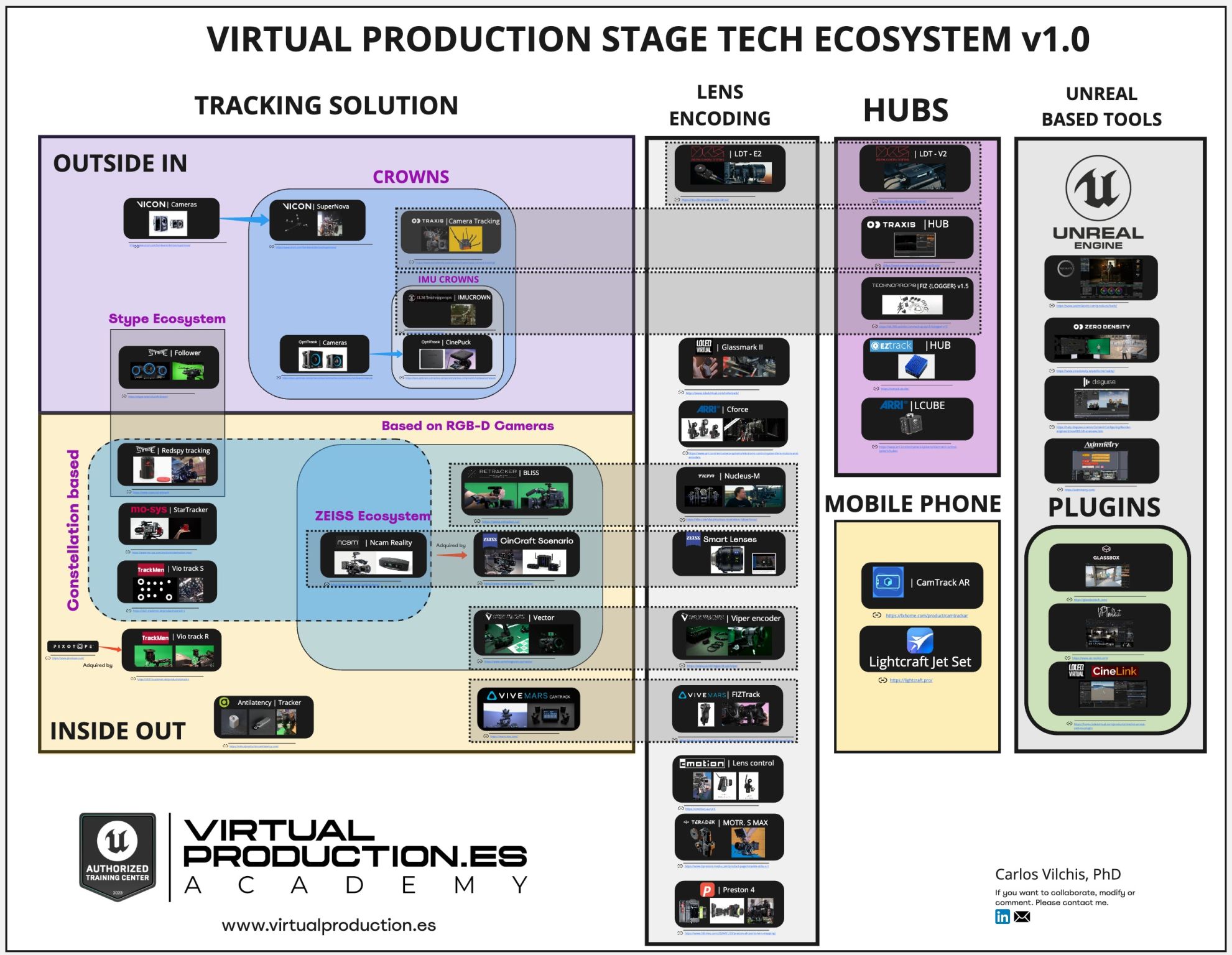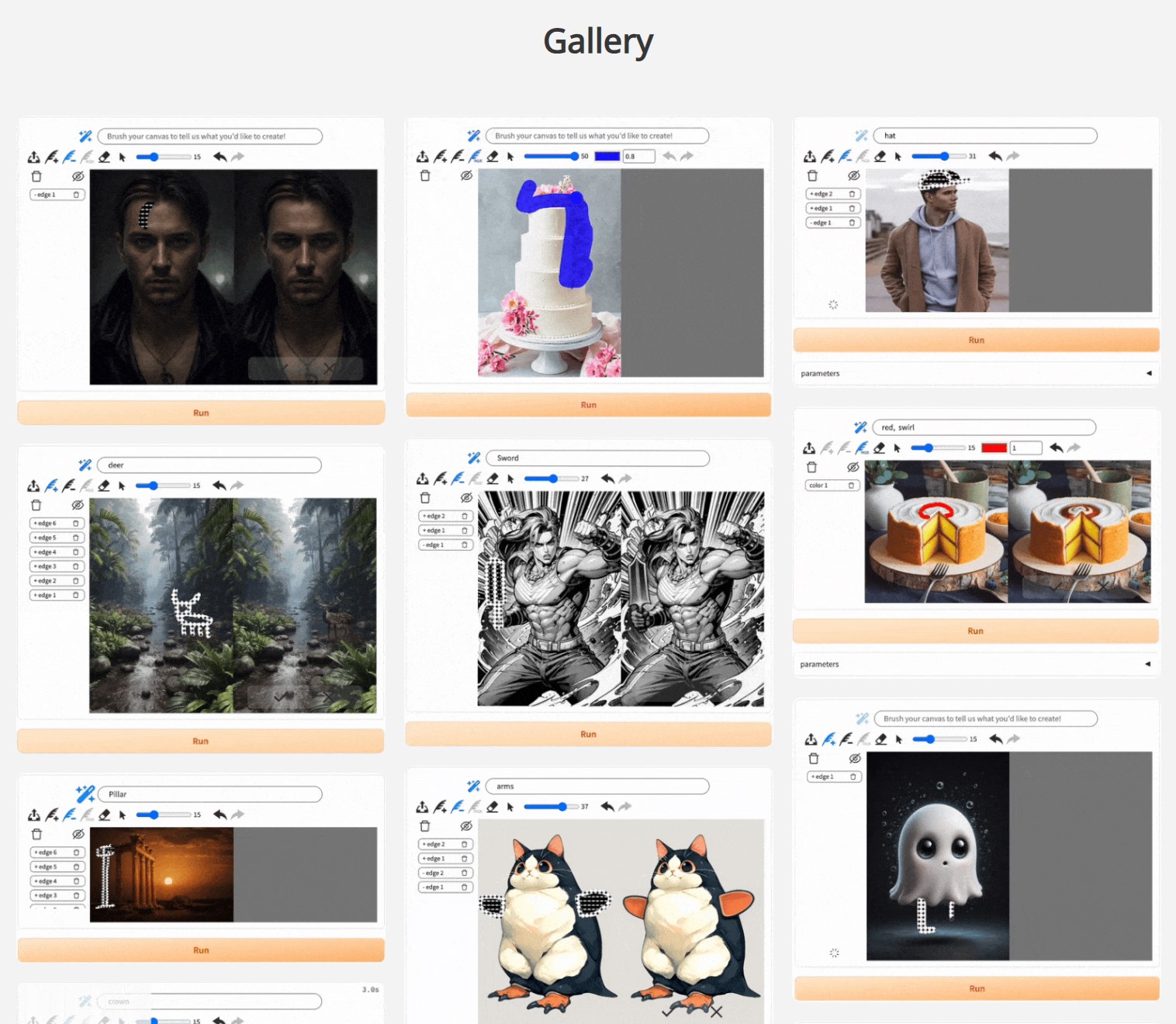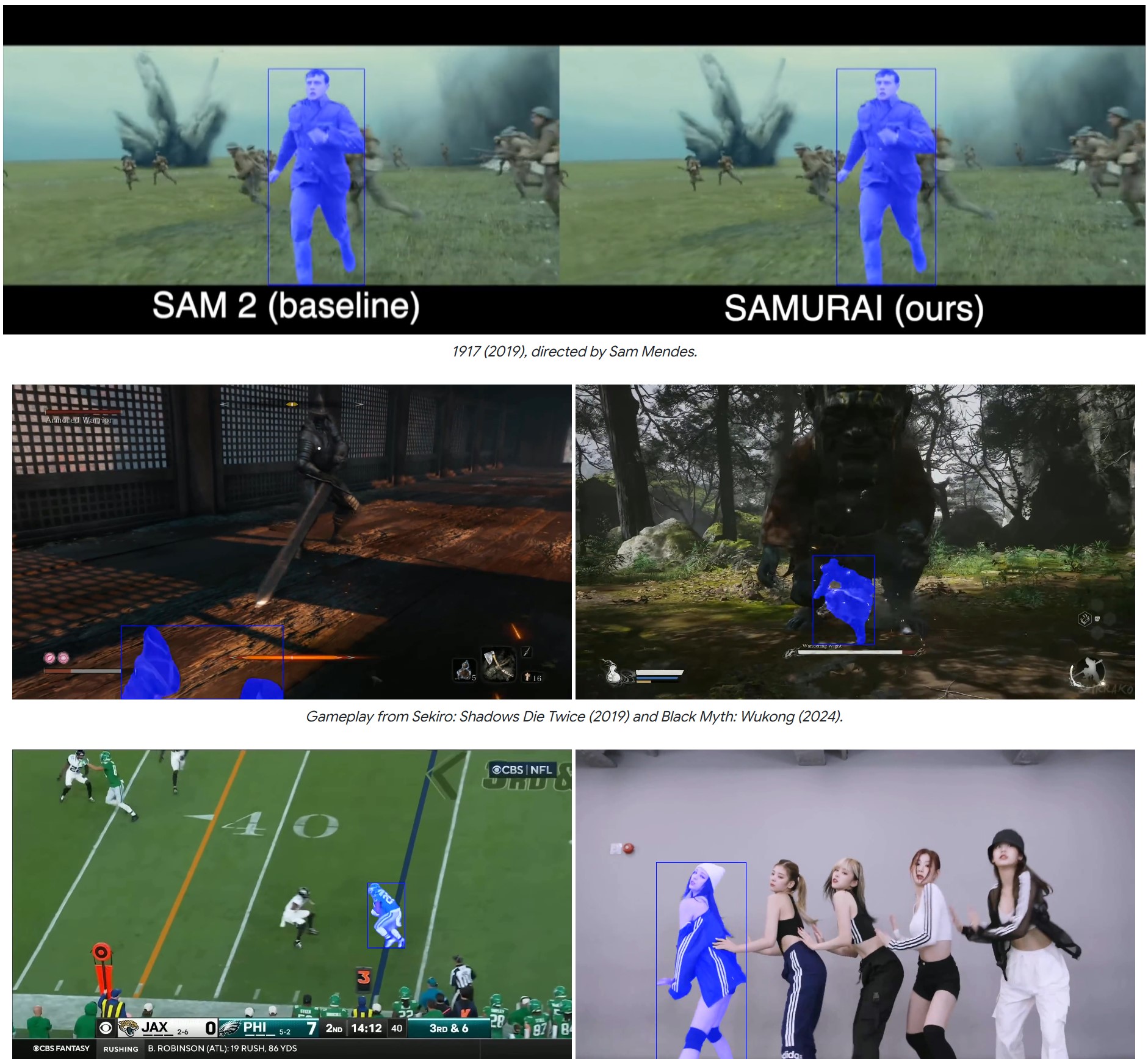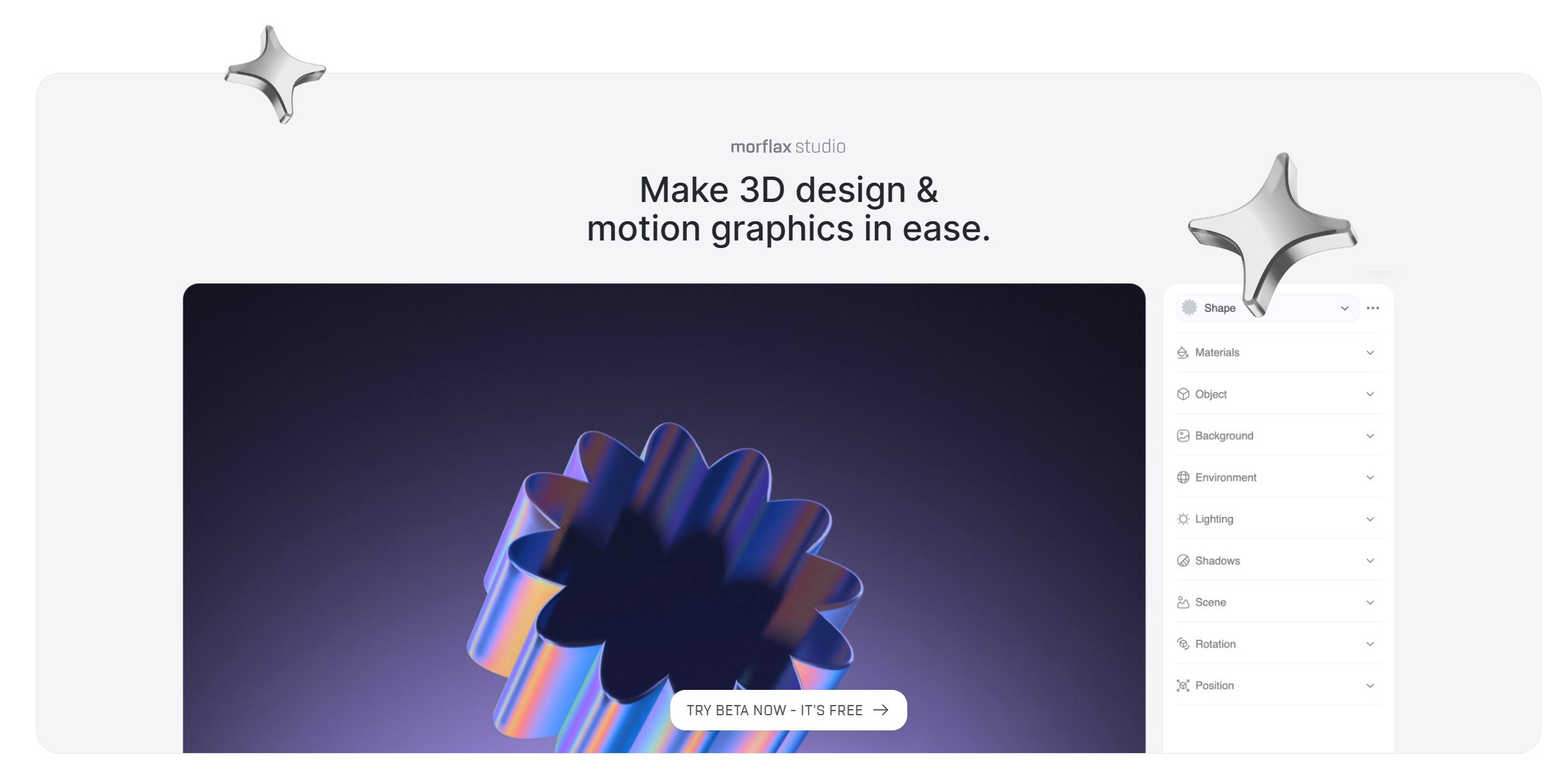BREAKING NEWS
LATEST POSTS
-
-
Carlos Vilchi – Virtual Production Stage Tech scheme v1.0
Carlos Vilchi has spent some time working on collecting all the technology related to Stage Tech including:
- -All the tracking technology existing today (inside out, outside in)
- -All lens encoding vendors, and their compatibility.
- -Tools, plugins, or Hubs.
- -The different small ecosystems between: Vicon, ZEISS Cinematography, ILM Technoprops, OptiTrack, stYpe, Antilatency, Ncam Technologies Ltd, Mo-Sys Engineering Ltd, EZtrack®, ARRI, DCS – Digital Camera Systems, Zero Density, Disguise, Aximmetry Technologies, HTC VIVE, Lightcraft Technology and more!

Local copy in the post
(more…) -
Ben McEwan – Deconstructing Despill Algorithms
Despilling is arguably the most important step to get right when pulling a key. A great despill can often hide imperfections in your alpha channel & prevents tedious painting to manually fix edges.
benmcewan.com/blog/2018/05/20/understanding-despill-algorithms/
-
Genex – Generative World Explorer
https://generative-world-explorer.github.io
Planning with partial observation is a central challenge in embodied AI. A majority of prior works have tackled this challenge by developing agents that physically explore their environment to update their beliefs about the world state. However, humans can imagine unseen parts of the world through a mental exploration and revise their beliefs with imagined observations. Such updated beliefs can allow them to make more informed decisions at the current step, without having to physically explore the world first. To achieve this human-like ability, we introduce the Generative World Explorer (Genex), a video generation model that allows an agent to mentally explore a large-scale 3D world (e.g., urban scenes) and acquire imagined observations to update its belief about the world .
-
KeenTools 2024.3 – FaceTracker for Blender Stable
FaceTracker for Blender is:
– Markerless facial mocap: capture facial performance and head motion with a matching geometry
– Custom face mesh generation: create digital doubles using snapshots of video frames (available with FaceBundle)
– 3D texture mapping: beauty work, (de)ageing, relighting
– 3D compositing: add digital make-up, dynamic VFX, hair and more
– (NEW) Animation retargeting: convert facial animation to ARKit blendshapes or Rigify rig in one clickhttps://keentools.io/products/facetracker-for-blender
FEATURED POSTS
-
GretagMacbeth Color Checker Numeric Values and Middle Gray
The human eye perceives half scene brightness not as the linear 50% of the present energy (linear nature values) but as 18% of the overall brightness. We are biased to perceive more information in the dark and contrast areas. A Macbeth chart helps with calibrating back into a photographic capture into this “human perspective” of the world.
https://en.wikipedia.org/wiki/Middle_gray
In photography, painting, and other visual arts, middle gray or middle grey is a tone that is perceptually about halfway between black and white on a lightness scale in photography and printing, it is typically defined as 18% reflectance in visible light

Light meters, cameras, and pictures are often calibrated using an 18% gray card[4][5][6] or a color reference card such as a ColorChecker. On the assumption that 18% is similar to the average reflectance of a scene, a grey card can be used to estimate the required exposure of the film.
https://en.wikipedia.org/wiki/ColorChecker
(more…)
-
Vahan Sosoyan MakeHDR – an OpenFX open source plug-in for merging multiple LDR images into a single HDRI
https://github.com/Sosoyan/make-hdr
Feature notes
- Merge up to 16 inputs with 8, 10 or 12 bit depth processing
- User friendly logarithmic Tone Mapping controls within the tool
- Advanced controls such as Sampling rate and Smoothness
Available at cross platform on Linux, MacOS and Windows Works consistent in compositing applications like Nuke, Fusion, Natron.
NOTE: The goal is to clean the initial individual brackets before or at merging time as much as possible.
This means:- keeping original shooting metadata
- de-fringing
- removing aberration (through camera lens data or automatically)
- at 32 bit
- in ACEScg (or ACES) wherever possible















